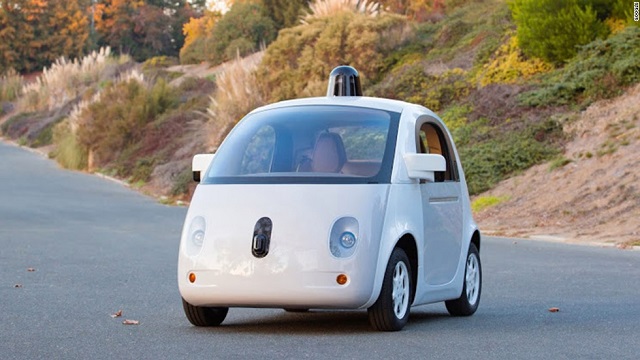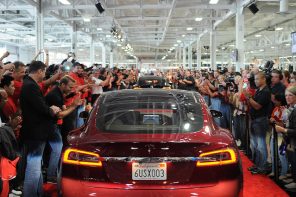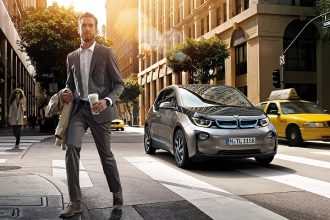Driverless cars are pretty much upon us. They sound great – jump in and do a bit of work on the commute, call relatives, catch a snooze on the way home… The naysayers all sing from the same hymn-sheet as well, it seems. They worry about giving over control to a machine – and that’s their only complaint. However, the discussion about driverless cars is a bit more complicated than snoozing on the commute vs a hostile robotic takeover. Let’s have a look.
The upsides are obvious – snoozing, catching up with emails and phonecalls, relaxing, in-car entertainment… Commuting won’t be a time sinkhole anymore.
There’s also safety – tired, drunk or distracted drivers have accidents. Even great drivers have off days, or they fall prey to less skilled individuals. Automated driving takes human frailty out of the equation.
It’s certainly an idyll. But is it really going to work out that way in practice? Some of the benefits of driverless cars – reducing the numbers of cars on the roads and letting occupants relax – could also be disadvantages.
Let’s do the maths
Two recent studies from the Department of Geography at the State University of New York Centre for Transport Studies at Imperial College London looked at how the drive for comfort and less traffic will pan out. The studies ran computer simulations of driverless cars in action and likened them to trains.
Trains are commuter heaven – hop on, open laptop, get off. It’s a smooth journey because the tracks are pretty much straight and there are predictable stops.
Driverless cars will be using existing roads so there’ll be lots of stops and starts, which is uncomfortable and makes working impossible. If these cars decelerate and accelerate gradually, like trains, journeys will take longer and there’ll be more cars on the roads and in the way! Maybe we do need the city-sized conveyor belts after all – industrial chains from Renold would certainly be handy here.
Crossroads and junctions will be unworkable, as cars won’t be able to get away quickly enough once the lights change. The study team simulated a four-way intersection with a quarter of the vehicles being driverless. Sometimes the vehicles travelled like light-rail trains, slowing and speeding up gently, but still slightly jerky. Sometimes they copied high-speed trains, slowing and speeding very gradually.
The researchers changed parameters – traffic lights and following distances – and ran 16 different scenarios 100 times each, against a control group of all human-driven vehicles.
Snarl-ups
The results weren’t great – the automated cars made road congestion far worse than it would be if all the cars were human-driven.
For “light-rail emulators”, congestion increased from 4% to 50% and fewer cars traversed the intersection. For the “high-speed emulators”, delays rocketed from 36% to 2,000% and fewer than half the cars managed the intersection.
These simulations only involved cars, too! Include trucks, buses and pedestrians and things can only get worse.
Of course these are preliminary studies, so it’s not the death-knell for driverless cars. It just means that there’s much more work and innovation needed if we’re to accommodate them on our roads.






